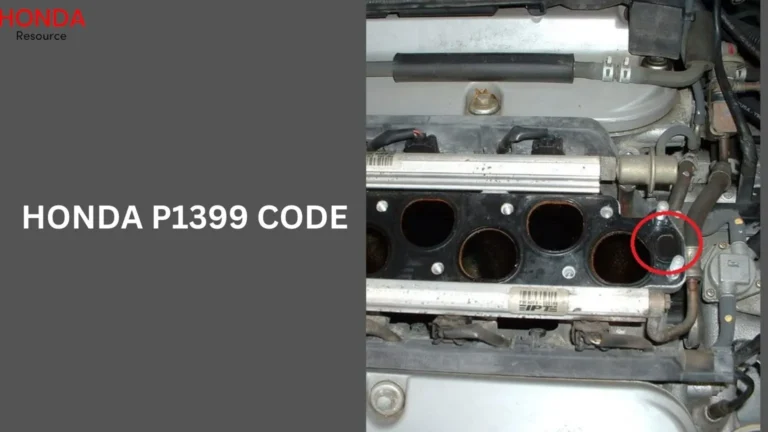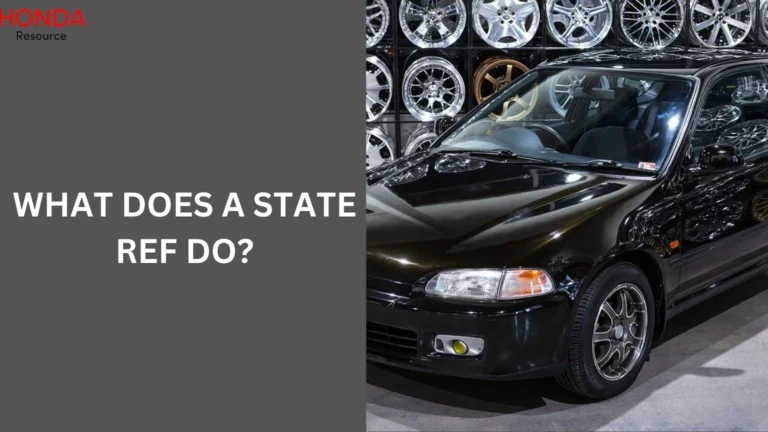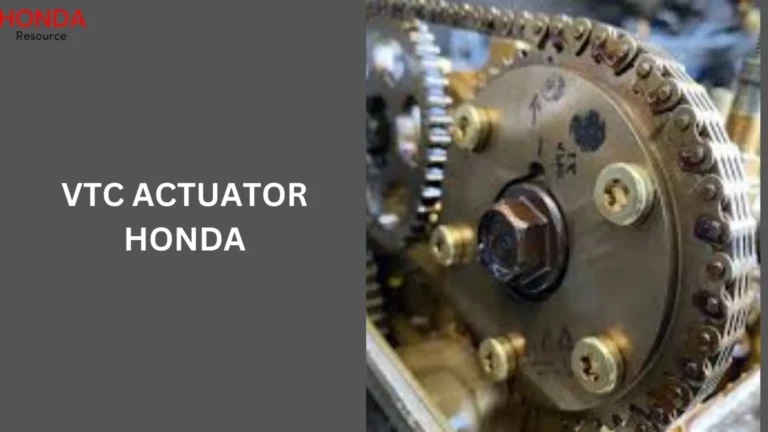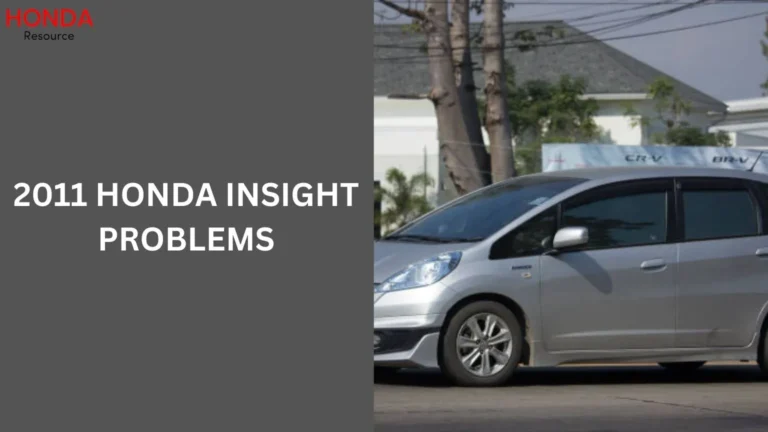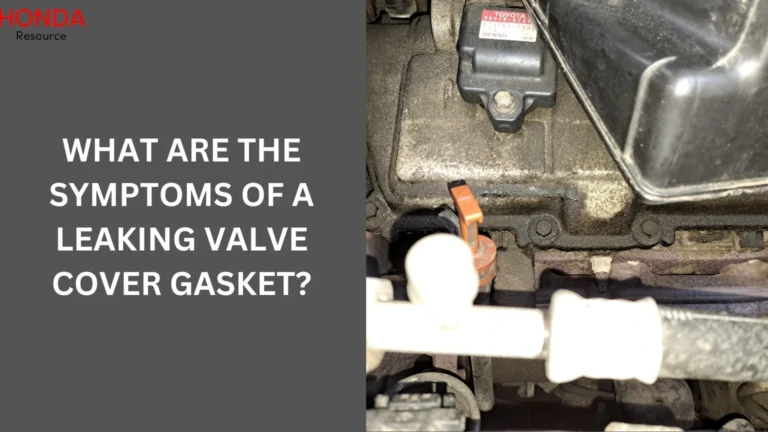PZEV Honda (Explained) of 2024
Honda has been at the forefront of automotive innovation, particularly with their PZEV technology, setting benchmarks in emissions control and sustainability. In this article, we delve into what PZEV entails, its evolution within Honda’s lineup, key features, comparisons with conventional vehicles, specific models like the Civic and Accord, maintenance tips for owners, and conclude with insights into Honda’s commitment to environmental stewardship.
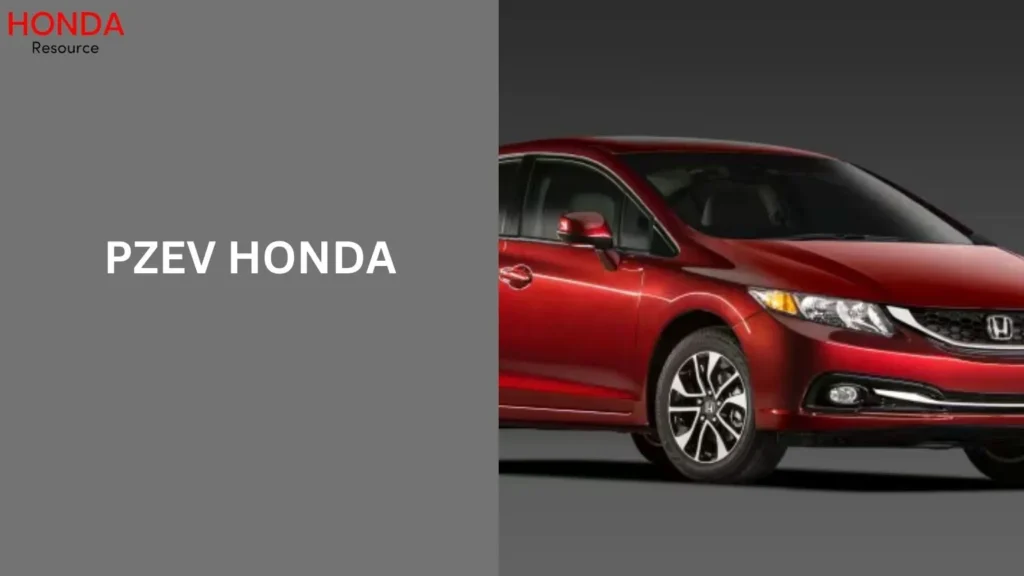
Introduction to PZEV Technology
Partial Zero Emission Vehicle (PZEV) technology stands out as a hallmark of environmental responsibility and technological advancement. PZEV vehicles are engineered to significantly reduce harmful emissions that contribute to air pollution and climate change. By integrating sophisticated emission control systems, PZEV technology sets a new standard in clean transportation.
What does PZEV stand for?
PZEV stands for Partial Zero Emission Vehicle. This classification is given to vehicles that meet strict emission standards, emitting nearly zero evaporative emissions and significantly reducing tailpipe emissions compared to traditional gasoline-powered vehicles.
How does PZEV technology work?
PZEV technology achieves its low emission levels through a combination of advanced engineering and emission control systems. Key components include enhanced catalytic converters, improved air-fuel mixture control, and efficient combustion processes. These elements work in tandem to minimize the release of pollutants such as nitrogen oxides (NOx), carbon monoxide (CO), and hydrocarbons into the atmosphere.
Benefits of PZEV technology
The adoption of PZEV technology brings several benefits:
- Environmental Impact: PZEV vehicles help improve air quality by reducing smog-forming pollutants and greenhouse gas emissions, contributing to cleaner and healthier communities.
- Compliance: PZEV vehicles exceed regulatory emission standards, demonstrating a commitment to environmental stewardship and sustainability.
- Consumer Choice: Consumers benefit from choosing vehicles that not only offer fuel efficiency and performance but also align with eco-friendly values and regulations.
Evolution and Adoption
Honda has been at the forefront of integrating PZEV technology into their vehicle lineup, reflecting their proactive approach to environmental conservation. The evolution of PZEV technology within Honda’s models underscores their commitment to providing sustainable transportation solutions without compromising on driving experience or vehicle performance.
Evolution of Honda’s PZEV Models

Honda’s journey with Partial Zero Emission Vehicle (PZEV) technology exemplifies its commitment to environmental sustainability and innovation in the automotive industry. Over the years, Honda has continuously evolved its PZEV models, integrating advanced engineering and emission control systems to set new standards in clean vehicle technology.
Early adoption of PZEV by Honda
Honda has been a pioneer in adopting PZEV technology early on, demonstrating their commitment to environmental responsibility and innovation in the automotive industry.
Advancements in Honda’s PZEV technology
Over the years, Honda has continually improved its PZEV systems, enhancing efficiency and performance while maintaining strict emissions compliance.
Impact on Honda’s lineup and market presence
The integration of PZEV technology across Honda’s vehicle lineup has bolstered its market presence, appealing to environmentally conscious consumers seeking efficient and eco-friendly transportation solutions.
Key Features of PZEV Honda Vehicles

Honda’s commitment to environmental sustainability is evident in its Partial Zero Emission Vehicle (PZEV) models, which integrate advanced technologies to minimize harmful emissions while delivering efficient and reliable performance.
Engine design and emissions control
Honda’s PZEV engines utilize advanced catalytic converters, enhanced air-fuel mixture control, and efficient combustion processes to minimize emissions.
Performance characteristics
Despite stringent emissions controls, PZEV Honda vehicles deliver competitive performance, ensuring a balanced blend of power and efficiency.
Fuel efficiency and environmental impact
PZEV technology enhances fuel efficiency, reducing dependence on fossil fuels and promoting sustainable driving practices.
Comparing PZEV Honda to Conventional Vehicles
When it comes to choosing a vehicle, understanding the differences between Partial Zero Emission Vehicle (PZEV) Hondas and conventional vehicles can help consumers make informed decisions based on environmental impact, efficiency, and overall performance.
Emissions standards and regulations
PZEV Honda vehicles exceed traditional emissions standards, offering a cleaner alternative to conventional gasoline-powered cars.
Efficiency and cost-effectiveness
While initially perceived as a premium option, PZEV Honda vehicles offer long-term savings through reduced fuel costs and potential tax incentives for eco-friendly vehicles.
Consumer benefits and considerations
Owners of PZEV Honda vehicles enjoy peace of mind knowing they are contributing to environmental conservation without sacrificing performance or reliability.
PZEV Technology in Honda Civic and Accord
Honda has integrated Partial Zero Emission Vehicle (PZEV) technology into popular models like the Civic and Accord, enhancing their environmental credentials while maintaining their renowned performance and reliability.
Integration into popular Honda models
The Honda Civic and Accord exemplify Honda’s commitment to integrating PZEV technology into mainstream vehicles, making eco-friendly options accessible to a broader audience.
Customer feedback and satisfaction
Feedback from Honda Civic and Accord owners highlights satisfaction with PZEV technology, appreciating its environmental benefits without compromising on the driving experience.
Future outlook for PZEV in Honda’s lineup
Honda continues to innovate with PZEV technology, exploring new advancements and expanding its application across their entire vehicle lineup.
Maintenance and Care Tips for PZEV Honda Owners
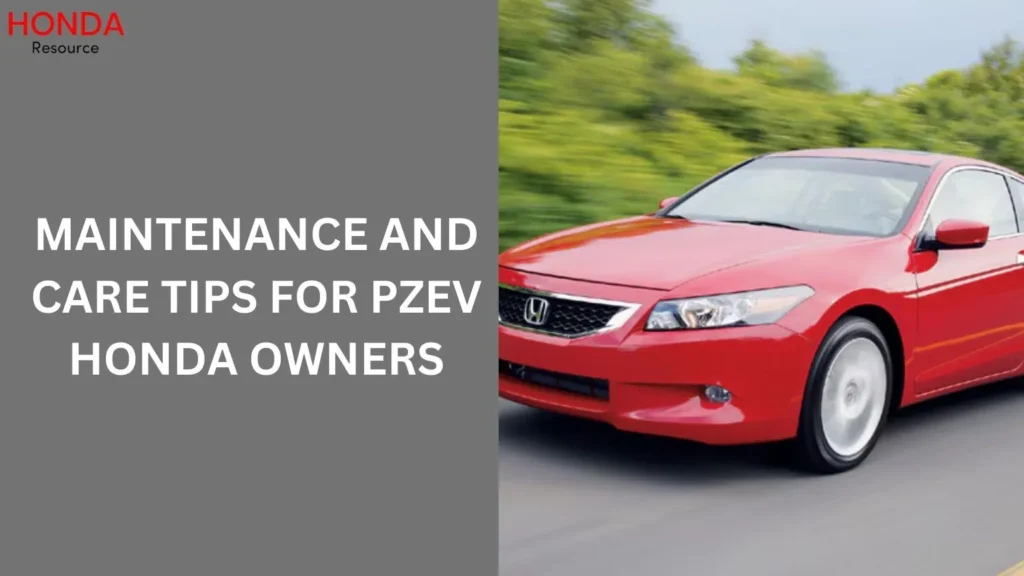
Owning a Partial Zero Emission Vehicle (PZEV) Honda comes with the responsibility of maintaining its advanced emission control systems to ensure optimal performance and compliance with environmental standards. Here are essential maintenance and care tips for PZEV Honda owners:
Recommended Servicing Intervals
Regular Maintenance: Follow Honda’s recommended servicing intervals as outlined in the owner’s manual. This includes scheduled maintenance visits to authorized Honda service centers.
Emission System Checks: Ensure that emission system components, such as catalytic converters and oxygen sensors, are inspected regularly for proper function and efficiency.
Oil Changes: Adhere to recommended oil change intervals to keep the engine running smoothly and to prevent premature wear on engine components.
Common Issues and Troubleshooting
Monitor Dashboard Alerts: Pay attention to dashboard warning lights related to emissions or engine performance. If any warning lights illuminate, promptly schedule a diagnostic check at a Honda service center.
Addressing Fault Codes: If diagnostic trouble codes (DTCs) related to emissions or engine performance are detected, seek professional diagnosis and repair to maintain PZEV compliance.
Exhaust System Inspection: Periodically inspect the exhaust system for leaks or damage, as these can affect emission control efficiency.
Environmental Impact of Maintenance Practices
Proper Disposal: Dispose of used engine fluids, such as oil and coolant, in an environmentally responsible manner. Many Honda service centers offer recycling programs for used fluids.
Air Filter Maintenance: Regularly inspect and replace air filters according to maintenance schedules. Clean air filters ensure efficient engine combustion and reduce emissions.
Tire Pressure: Maintain proper tire inflation to optimize fuel efficiency and reduce greenhouse gas emissions associated with vehicle operation.
People also ask
What does PZEV mean for Honda?
PZEV stands for Partial Zero Emission Vehicle. For Honda, PZEV signifies a commitment to reducing vehicle emissions to near-zero levels. It integrates advanced emission control technologies into its vehicles, aligning with stringent environmental standards while maintaining performance and fuel efficiency. PZEV demonstrates Honda’s leadership in sustainable automotive innovation, promoting cleaner air quality and environmental responsibility across their vehicle lineup.
Is PZEV good or bad?
PZEV (Partial Zero Emission Vehicle) is generally considered good. It signifies vehicles that emit very low levels of harmful pollutants, contributing to improved air quality and reduced environmental impact. PZEV technology represents a positive step towards cleaner transportation solutions without compromising vehicle performance or efficiency.
How do I know if my car is PZEV?
To determine if your car is a PZEV (Partial Zero Emission Vehicle), check the vehicle’s specifications or owner’s manual. PZEV vehicles are typically labeled or identified by the manufacturer as meeting stringent emissions standards, emitting near-zero levels of pollutants such as nitrogen oxides (NOx), carbon monoxide (CO), and hydrocarbons (HC). You can also look for PZEV badges or labels on the vehicle itself, often located near the engine or on the rear of the car.
Is PZEV a hybrid?
No, PZEV (Partial Zero Emission Vehicle) is not necessarily a hybrid. PZEV refers to a vehicle that meets stringent emission standards, emitting near-zero levels of pollutants. While some hybrids may also qualify as PZEVs due to their low emissions, PZEVs can apply to conventional gasoline-powered vehicles that incorporate advanced emission control technologies.
Conclusion
PZEV Honda engines represent a significant step forward in automotive sustainability, offering drivers the dual benefits of reduced emissions and enhanced fuel efficiency without compromising performance. As Honda advances its PZEV technology, the future looks promising for environmentally conscious driving solutions.

I’m Henry Leclerc, a passionate professional car mechanic with a deep love for Honda cars. With years of hands-on experience and extensive knowledge about all Honda car models, I’ve created this website to share my expertise and help fellow Honda enthusiasts keep their vehicles in top-notch condition.

